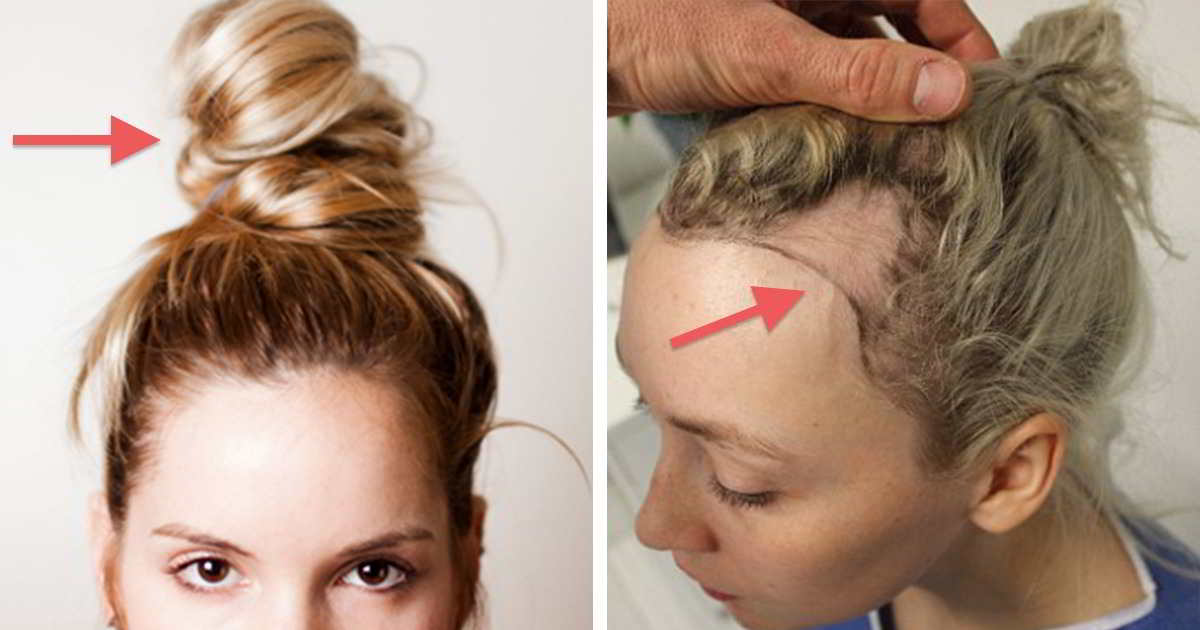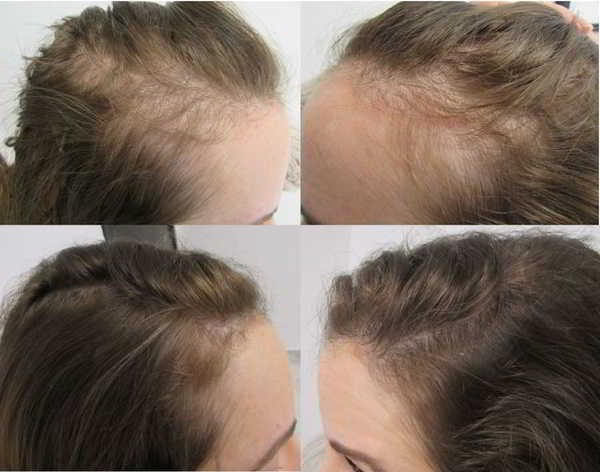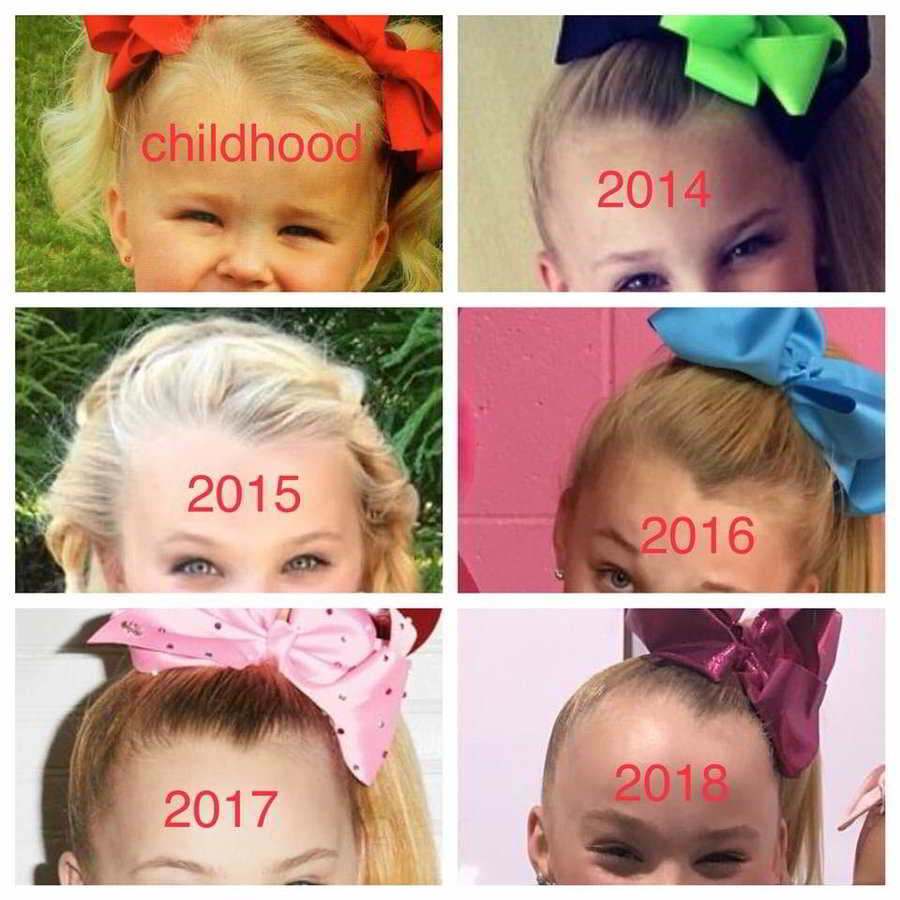Frontal Fibrosing Alopecia
Alopecia Areata is a condition that is seen frequently by hair specialists all around the world. Depending on the severity of the condition and the stage it has reached, treatment for Alopecia Areata can be very successful.
What is Alopecia Areata?
Alopecia areata is characterised by sudden patchy loss of hair, which is due to many follicles prematurely and rapidly entering the telogen (resting) phase. The cause of Alopecia Areata is unknown but this type of Alopecia falls into the category of autoimmune disorders. Alopecia Areata is relatively common and can affect as many as one person in a thousand at some time in their life. Occasionally Alopecia areata becomes very widespread and severe and develops into Alopecia Totalis or Alopecia Universalis. Alopecia Areata is considered by some to have an autoimmune mechanism
What is frontal fibrosing alopecia?
The medical terminology for hair loss is alopecia. Frontal fibrosing alopecia is a specific type of hair loss where the hair follicles are destroyed, resulting in permanent hair loss. A hair follicle is the opening from which the hair grows. This condition can be stopped from progressing through an early diagnosis followed by medical treatment prescribed from a specialist. It is important to note that this condition is not contagious in any way.
When it begins, frontal fibrosing alopecia often looks like a receding hairline
This type of hair loss may begin at an earlier age in Black women than in white women.
Where does frontal fibrosing alopecia develop on the body?
Frontal fibrosing alopecia can cause noticeable hair loss anywhere hair grows.
The most common areas for hair loss are the:
- Scalp
- Face (eyebrows and beard area most common)
- Arms
- Legs
- Pubic area
Hair loss usually begins as a receding hairline, which often starts in the front, along the temples, or both. Some patients can also experience hair thinning of eyebrows or hair loss along the outer edge of their eyebrows before observing a receding hairline.
What causes frontal fibrosing alopecia?
This type of hair loss remains a mystery for specialists all around the world. It has been identified that frontal fibrosing alopecia is possibly an autoimmune disease. People develop an autoimmune disease when their immune system attacks part of their own body. For example, when the body attacks its own joints, a person develops rheumatoid arthritis.
It may be that frontal fibrosing alopecia develops when the body attacks its own hair follicles (openings from which hair grows).When this condition develops, the hair follicles can scar over. Once a hair follicle scars, it can no longer grow hair.Where hair once grew, you’ll notice smooth, hairless skin.
What are the signs and symptoms of frontal fibrosing alopecia?
● Itchy or painful scalp
● Rash along hairline, face or scalp
● Loss of eyebrows ( As hair loss on the scalp progresses, some people see complete loss of their eyebrows)
● Receding hairline (early)
● Hair Loss spreads
● Advanced hair loss (Hair loss spreads casing frontal baldness and moves back on the scalp)
● Small raised bumps on the face (pimple-like spots)
● Hair loss on arms, legs or elsewhere
● A few white hairs change colour to former natural hair colour
What increases the risk of developing Frontal fibrosing alopecia?
Research shows that you have an increased risk if you:
● Are in menopause (have stopped having periods for one year or longer)
● Have a close blood relative who has frontal fibrosing alopecia
● Live with one of these diseases: Rosacea, thyroid disease, or type 2 diabetes
While the above can increase your risk of developing this condition, people without the above risk factors can develop this type of hair loss. Equally important, some people with these risk factors never develop frontal fibrosing alopecia.
If you notice hair loss, make an appointment to see one of our specialists. The sooner you get diagnosed and start treating frontal fibrosing alopecia, the more effective treatment tends to be.
Can frontal fibrosing alopecia be reversed?
If you catch FFA early and treat it, you may regrow some hair. As FFA progresses, the hair follicles (openings from which hair grows) scar over. When treated early, medical treatment can stop further hair loss. The early diagnosis of a patient with FFA can increase the effectiveness of treatment tenfold.
Once a hair follicle scars, it can no longer grow hair. This can also be reversed by attempting a hair transplant where hairs can be transplanted in areas that have results in permanent hair loss.
Examples of women suffering from frontal fibrosing alopecia



